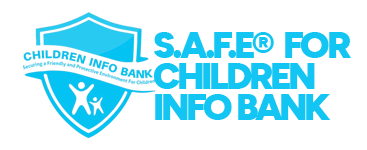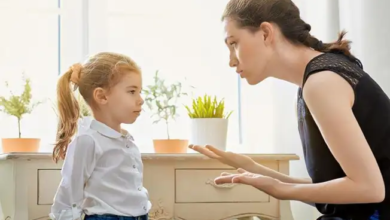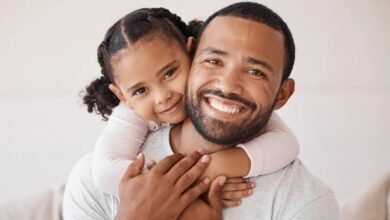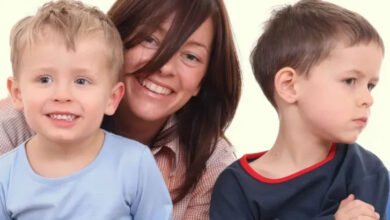How to Teach Children to Take Responsibility for Their Actions
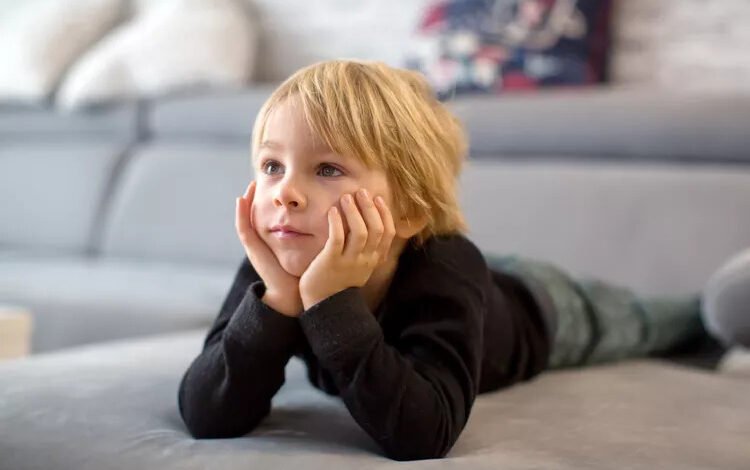
Teaching children to take responsibility for their actions is one of the most important but challenging tasks in parenting. Many children, even from a young age, learn to shift blame, tell small lies, or make excuses.
These behaviors often come from a desire to avoid punishment or embarrassment, or simply to maintain approval from adults. While understandable, this tendency can grow into a habit that undermines their personal development.
Children who aren’t taught to take responsibility may struggle later in life. They might avoid challenges, blame others for their failures, or be unwilling to admit their mistakes. On the other hand, children who learn to own their actions tend to be more confident, trustworthy, and emotionally resilient.
Responsibility isn’t something children pick up automatically; it must be modeled, practiced, and reinforced over time.
The following five steps provide a framework for parents who want to raise children capable of owning their behavior, learning from mistakes, and growing into responsible adults.
5 Simple Ways Parents Can Teach Responsibility
1. Back Off a Little
Modern parenting often involves giving children a steady stream of instructions throughout the day. From getting dressed in the morning to saying thank you after receiving a gift, adults constantly guide children’s actions.
While well-intentioned, this level of control can limit a child. When children don’t feel in charge of their own choices, they’re less likely to take ownership of their behavior.
To foster responsibility, parents need to create space for children to think and act for themselves. This means resisting the urge to direct every action. Instead of always reminding them to put on their shoes or clean up after themselves, allow them time to figure it out.
While mistakes and forgetfulness are inevitable, they are also valuable learning opportunities. Giving children room to make decisions helps them understand that they are responsible for what they choose to do.
2. Narrate Your Own Decisions
Children learn not just by being taught but by observing. However, many of the decisions adults make throughout the day are invisible to children because they happen silently or internally. Without seeing how choices are made, children miss out on an important model of decision-making.
One way to bridge this gap is to share your thought process aloud. When parents talk through everyday decisions such as waiting to buy something to stick to a budget, or choosing to stay calm in a stressful moment, they demonstrate how responsibility plays out in real life.
This kind of modeling shows children that choices have consequences and that being thoughtful and deliberate is part of being responsible. Over time, children begin to internalize these lessons and apply them in their decision-making.
3. Stop Saving the Day
It’s natural for parents to want to protect their children from failure. However, constantly stepping in to fix their mistakes can prevent them from learning how to handle challenges.
Whether it’s delivering forgotten homework to school, cleaning up after them, or solving their disagreements with friends, rescuing children from the consequences of their actions denies them the chance to grow.
Allowing children to experience the results of their choices is one of the most powerful ways to teach responsibility. When they forget something important or fail to meet an expectation, they should face the consequences in a supportive environment rather than being shielded from discomfort.
These moments help them understand that mistakes are part of life and that they are capable of making things right. With time, they become more careful, resourceful, and accountable.
4. Be a Role Model
Children are always watching, and they learn more from what adults do than from what they say. If a parent consistently avoids admitting when they’re wrong, blames others, or deflects responsibility, children will likely mirror that behavior. The best way to teach responsibility is to demonstrate it in your actions.
Owning up to your mistakes sets a powerful example. Whether it’s forgetting an appointment, losing your temper, or making an error in judgment, acknowledging it without excuses shows children that it’s okay to be imperfect.
What matters is being honest and making amends. Avoiding justifications or blame teaches children that responsibility isn’t about being perfect, it’s about being accountable. When parents take responsibility openly and calmly, children learn to do the same.
5. Be a Coach
As children begin to understand the basics of accountability, it’s important to continue guiding them in how they respond to mistakes.
Rather than jumping to correct or punish them when they shift blame, parents can take a coaching approach. This involves gently helping children reflect on what happened, what their role was, and what they can do differently next time.
When a child blames a sibling or external factor, parents can ask questions that encourage self-reflection. The goal is to help the child think through the situation and consider how they might take ownership, even if they weren’t entirely at fault.
Providing repeated opportunities to practice accountability, without shaming or scolding, helps children build confidence in their ability to make things right. This coaching approach reinforces that responsibility is a process and that everyone, including children, is capable of growth.
Conclusion
Teaching children to take responsibility is not about perfection; it’s about progress. It requires consistency, modeling, and a lot of patience. But the payoff is worth it. A child who learns to own their actions is more likely to be confident, trustworthy, and resilient in the face of challenges.
As parents, we must remember that responsibility is a skill built over time through experience, reflection, and support. By stepping back, modeling honesty, allowing natural consequences, and coaching, we give our children one of the greatest tools for success in life: the ability to face their actions and grow from them.
